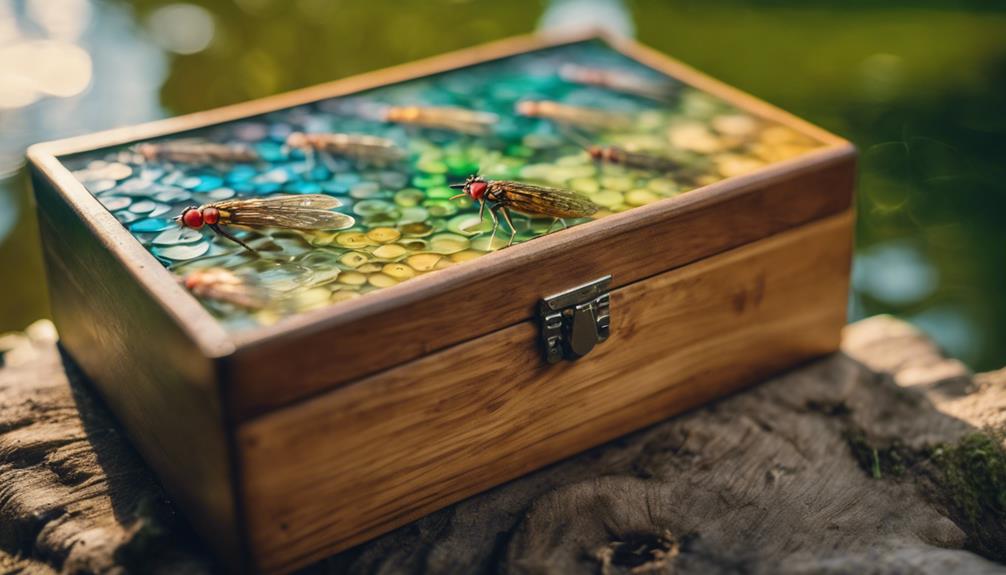Understanding Bass Fishing: An Overview
Bass fishing is one of the most popular types of recreational fishing across North America and beyond. The thrill of catching a feisty bass, whether it be largemouth or smallmouth, is unmatched. While traditional spinning and baitcasting techniques dominate the sport, fly fishing for bass is gaining traction among anglers. This comprehensive guide will explore the nuances of bass fishing fly fishing, covering techniques, gear, and tips to enhance your fishing experience.
Why Choose Fly Fishing for Bass?
Fly fishing offers a unique and challenging approach to bass fishing. Unlike traditional methods that rely on heavy tackle and bait, fly fishing utilizes lightweight equipment and artificial flies to entice fish. The benefits of fly fishing for bass include a more immersive experience in nature, improved casting skills, and the ability to access areas that are often overlooked by conventional anglers. Furthermore, fly fishing allows anglers to observe the behavior of bass closely, making it an educational and rewarding pursuit.
Essential Gear for Bass Fishing Fly Fishing
To successfully engage in bass fishing fly fishing, having the right gear is crucial. Start with a fly rod that is suitable for bass; typically, a 7 to 9-weight rod offers the best balance of strength and sensitivity. Pair this with a matching fly reel that has a good drag system to handle the powerful runs of a bass. For lines, choose a weight-forward floating line, which allows for easy casting and management of various fly patterns. Don’t forget to invest in quality flies; popular patterns for bass include poppers, streamers, and divers. Lastly, consider wearing a good pair of polarized sunglasses to reduce glare on the water, helping you spot bass more easily.
Top Fly Fishing Techniques for Bass
When it comes to bass fishing fly fishing, employing the right techniques can significantly increase your chances of success. One highly effective method is to use surface flies, such as poppers, during early mornings or late evenings when bass are feeding near the surface. Another technique involves casting streamers in deeper waters and retrieving them at varying speeds to mimic the movement of baitfish. Additionally, fishing near structure—like fallen trees, rocks, and weed beds—can yield great results, as bass often hide in these areas to ambush prey. Experimenting with different retrieves and depths will help you determine the most effective approach for the day.
Best Locations for Bass Fishing Fly Fishing
Identifying the right locations is vital for successful bass fishing fly fishing. Lakes, rivers, and ponds are prime spots, especially those with abundant cover and structure. Look for areas with submerged vegetation, overhanging trees, and rocky outcroppings, as these features provide excellent hiding spots for bass. In moving water, focus on eddies, pools, and current breaks where bass tend to congregate. Additionally, seasonal changes can affect bass behavior; during the spring and summer months, bass are more likely to be found in shallow waters, while in the fall, they may move to deeper areas. Understanding these patterns can enhance your fishing strategy.
Seasonal Considerations for Bass Fishing Fly Fishing
The time of year can significantly influence your bass fishing fly fishing tactics. During the spring, pre-spawn and spawn periods are optimal for targeting bass in shallow waters. As temperatures rise in summer, bass may retreat to deeper, cooler areas, making it essential to adjust your techniques and fly selection. Fall offers a unique opportunity, as bass feed heavily to prepare for winter, often returning to shallower waters. Winter months present challenges, but targeting deep structures and using slower retrieves can still yield success. Being aware of seasonal patterns will enhance your effectiveness as a fly angler.
Conservation and Ethical Fishing Practices
As you engage in bass fishing fly fishing, it’s essential to prioritize conservation and adhere to ethical fishing practices. Always check local regulations regarding catch limits and sizes to ensure you’re fishing sustainably. Practice catch and release whenever possible, especially for larger bass, to help maintain healthy fish populations. Additionally, be mindful of your surroundings; avoid damaging aquatic habitats and refrain from littering. By promoting ethical fishing practices, you contribute to the longevity of bass fishing for future generations and help preserve the natural beauty of your fishing locations.
Tips for Success in Bass Fishing Fly Fishing
To wrap up, here are some essential tips for successful bass fishing fly fishing: First, be patient and persistent; bass can be finicky, and it may take time to find the right fly or technique. Second, practice your casting regularly; improving your accuracy and distance will enhance your effectiveness on the water. Third, keep a fishing journal to track your successes, conditions, and patterns, which can inform your future outings. Lastly, consider joining local fly fishing clubs or communities to learn from experienced anglers and share knowledge. With dedication and practice, your bass fishing fly fishing adventures can become both enjoyable and fruitful.
In conclusion, bass fishing fly fishing is a rewarding and exciting way to engage with this popular sport. By understanding the necessary gear, techniques, and best practices, you can elevate your fishing game and enjoy the thrill of landing bass on the fly. Whether you’re a seasoned angler or just starting, embracing this unique method will surely enhance your overall fishing experience. So grab your gear, hit the water, and enjoy the art of bass fishing fly fishing!
